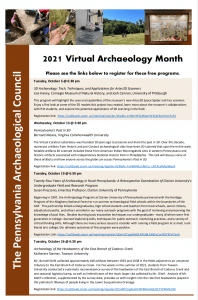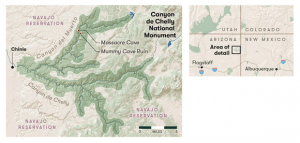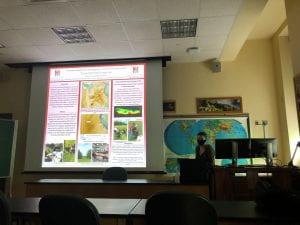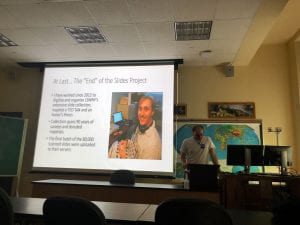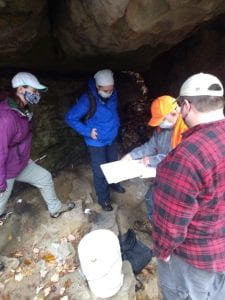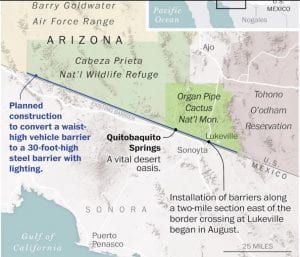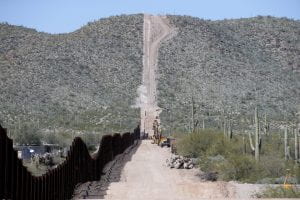IUP’s Applied Archaeology program is one of the top producers of Secretary of the Interior qualified professional archaeologists in the nation. This semester we are reaching out to IUP Applied Archaeology alumni to find out what they are up to now. We asked IUP alum Janee Becker to write about her recent work in archaeology, and she shared the following:

Iowa DOT public outreach for IA 9 Lansing Bridge Replacement Project. From the right: Iowa DOT Cultural Resource Manager Janee Becker, Iowa DOT Cultural Resources Team Lead Brennan Dolan, and Iowa DOT engineer Clayton Burke.
I attended IUP from fall 2018 to Spring 2020, graduating in August 2020. During my time there I was the Zooarchaeology GA and worked for PHAST. My thesis topic covered the potential for Native American Wild West Show Performer Campsites at the Wigwam in DuBois, Pennsylvania.
I currently work as a Cultural Resource Manager for the Iowa Department of Transportation (Iowa DOT) where I review transportation and transportation related projects for their potential to affect cultural resources per federal and state laws and regulations. My favorite part of this job is the ability to follow a project from the concept and identification of resources to the project determination, consultation, and potential preservation or mitigation of resources. Additionally, I love working alongside all the other environmental sections on a project as we work to balance environmental stewardship and the needs of an ever-changing transportation system.
The skillset I gained at IUP has been invaluable in this position. My line of work spans both above and below ground resources and a wide breadth of responsibilities. I cannot understate how valuable the program has been in developing a foundational knowledge of the federal laws and regulations I work under, report writing and review, constructing and reviewing budgets, and providing an amazing network of people I can reach out to if I have a question or need a new perspective.
An excellent example of what I do as well as the Section 106 [NHPA] and Section 4(f) [U.S. DOT Act] processes at work has been a bridge and road improvement project in Sioux City along Gordon Drive (IA 12). The current project goes back to 2019, and I picked it up in 2022 when I started at the Iowa DOT. Through this project we’ve conducted two Phase I archaeological surveys, two Intensive Architectural Evaluations, and a Phase II archaeological evaluation to identify eligible cultural resources within our expanded Area of Potential Effect (APE). Through extensive consultation with the Federal Highway Administration Iowa Division, Iowa SHPO, Tribes/Nations with interest in Woodbury County, and identified interested parties, the Iowa DOT was able to avoid 25 eligible/potentially eligible resources. This project will be adversely affecting The Gordon Drive Viaduct and two archaeological sites (deposits relating to an early 20th century residential neighborhood and a Woodland Period scatter). We have just reached two large milestones for the Section 106 and NEPA processes with the final Memorandum of Agreement out for signatures and the Environmental Assessment (EA) out for public comment. We look forward to mitigating these adverse effects through Phase III Data Recovery of the two archaeological sites in consultation with interested Tribes/Nations, SHPO, and the Office of the State Archaeologist in Iowa, along with an architectural survey of the Sioux City Rail Yards and Industrial Potential Historic District in consultation with SHPO and the Sioux City Historic Preservation Commission.











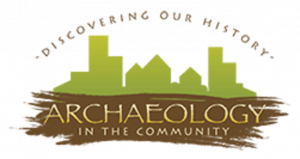
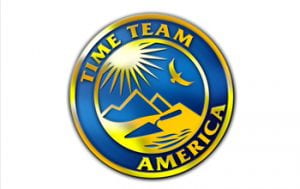 You may have also seen Dr. Jones teaching field schools on PBS’s “Time Team America” a show that aims to give viewers an “over the shoulder” look into what archaeologists do. These field schools took place at a plethora of sites in Maryland, Oklahoma, and Colorado and involved students at the junior high and high school level. Jones taught them how to properly conduct an archaeological project including how to survey, keep records, and conserve the artifacts that they found. Additionally, at the Josiah Henson site, Dr. Jones taught her students about the importance of working with the decendent communities to gain a greater understanding of the people who inhabited the area.
You may have also seen Dr. Jones teaching field schools on PBS’s “Time Team America” a show that aims to give viewers an “over the shoulder” look into what archaeologists do. These field schools took place at a plethora of sites in Maryland, Oklahoma, and Colorado and involved students at the junior high and high school level. Jones taught them how to properly conduct an archaeological project including how to survey, keep records, and conserve the artifacts that they found. Additionally, at the Josiah Henson site, Dr. Jones taught her students about the importance of working with the decendent communities to gain a greater understanding of the people who inhabited the area.

